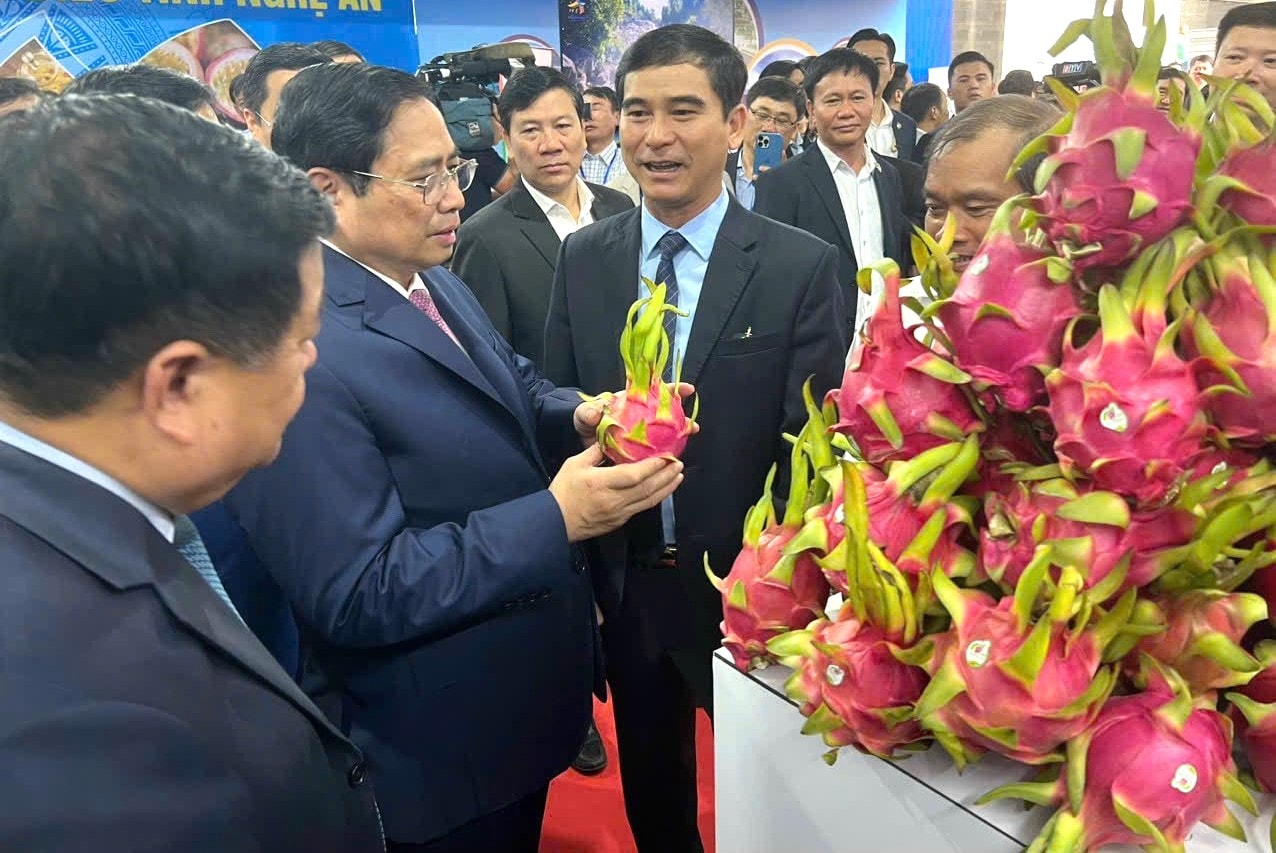
7% increase in output over the same period
Statistics show that the total dragon fruit area in Lam Dong Blue Sea region is currently about 27,000 hectares, accounting for nearly 40% of the total area of the country. In particular, with the technique of lighting to produce fruit in the off-season, the total area of dragon fruit harvested stably has increased to more than 22,000 hectares, equivalent to an output of 520,000 tons, an increase of 7% over the same period in 2024.
Thanks to favorable climatic conditions and the efforts of farmers and businesses to standardize cultivation processes, dragon fruit output and export value both grew well in the first half of 2025.
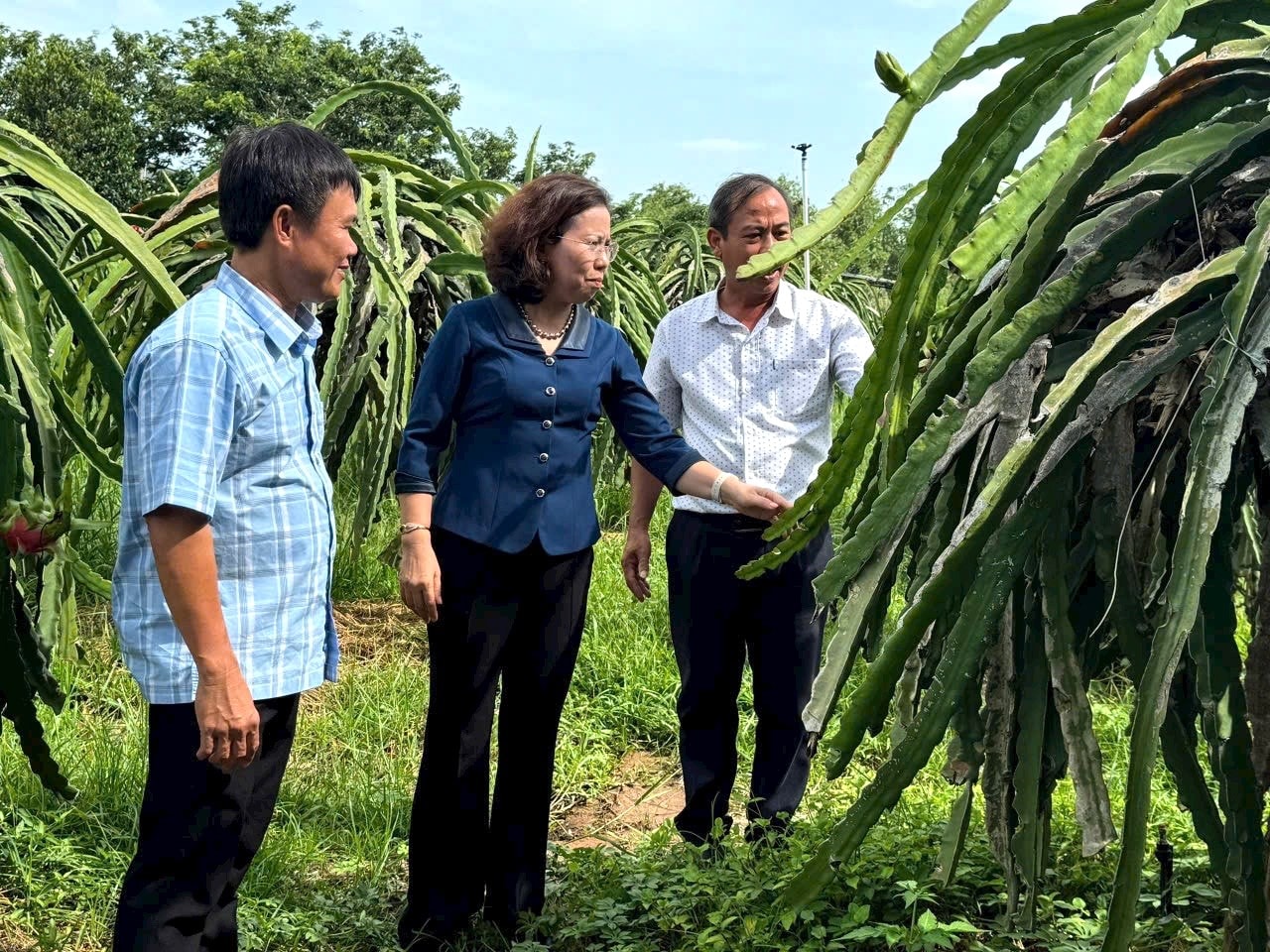
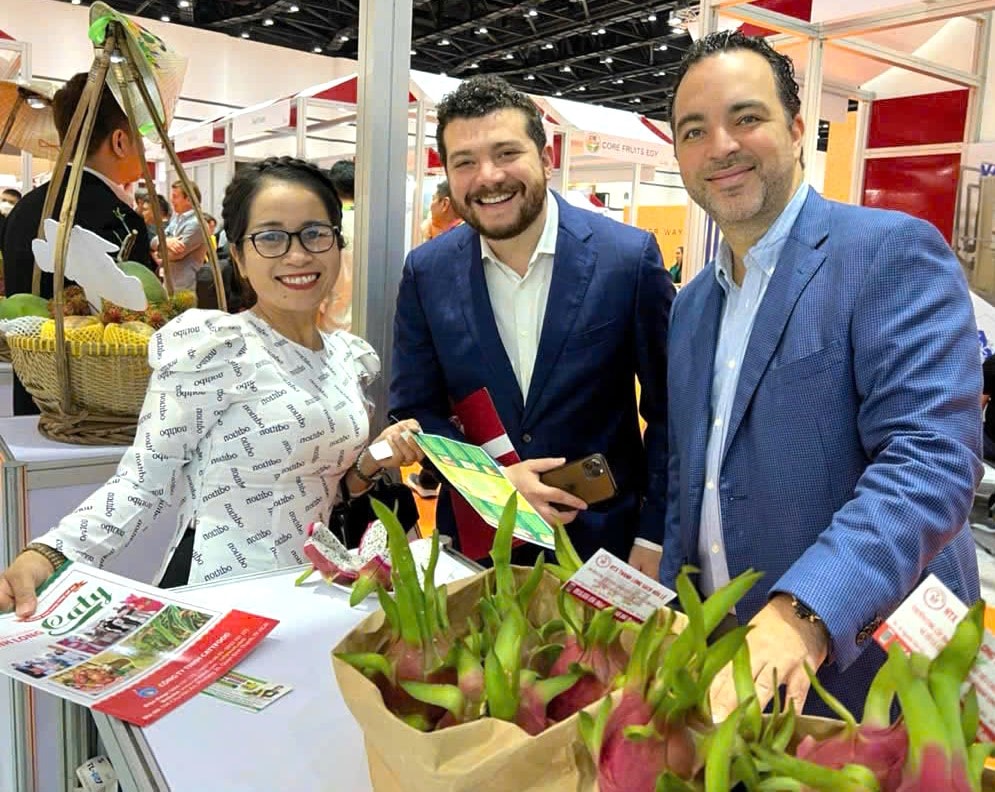
Besides maintaining the traditional export market of China, Lam Dong blue sea dragon fruit also expands to high-end markets such as: EU, USA, Japan, Korea and some new potential emerging markets such as India and the Middle East.
Specifically, with a total output of 425,000 tons of dragon fruit for export, the Lam Dong blue sea area supplies most of the Chinese white-flesh dragon fruit market (240,000 tons) and EU red-flesh dragon fruit (55,000 tons).
Up to now, the entire Lam Dong Blue Sea region has standardized the cultivation process to achieve the area rate of VietGAP standards (45%), GlobalGAP (12%) and 300ha of organic standards. The production structure of white-fleshed dragon fruit (65%), red-fleshed dragon fruit and purple-pink dragon fruit (35%).
The domestic consumption market accounts for about 18% of output, mainly through the distribution systems of Winmart, BigC, Thu Duc wholesale market, Binh Dien, Co.opmart, etc. The consumption price of white-fleshed dragon fruit in the first half of 2025 is about 12,000 VND/kg lower than red-fleshed dragon fruit.
For example, Hoa Le Clean Dragon Fruit Cooperative has standardized the dragon fruit cultivation process according to GlobalGAP and VietGAP standards on about 200 hectares, building a chain of links with nearly 10 businesses consuming about 5,000 tons/year in the domestic and foreign markets. In addition, the Cooperative has also expanded more than 3,300m2 of factory with a line of equipment for preliminary processing and processing dragon fruit products that meet food safety standards according to the needs of domestic and foreign customers, including wines, fermented juices, jams, juices, candies, etc.
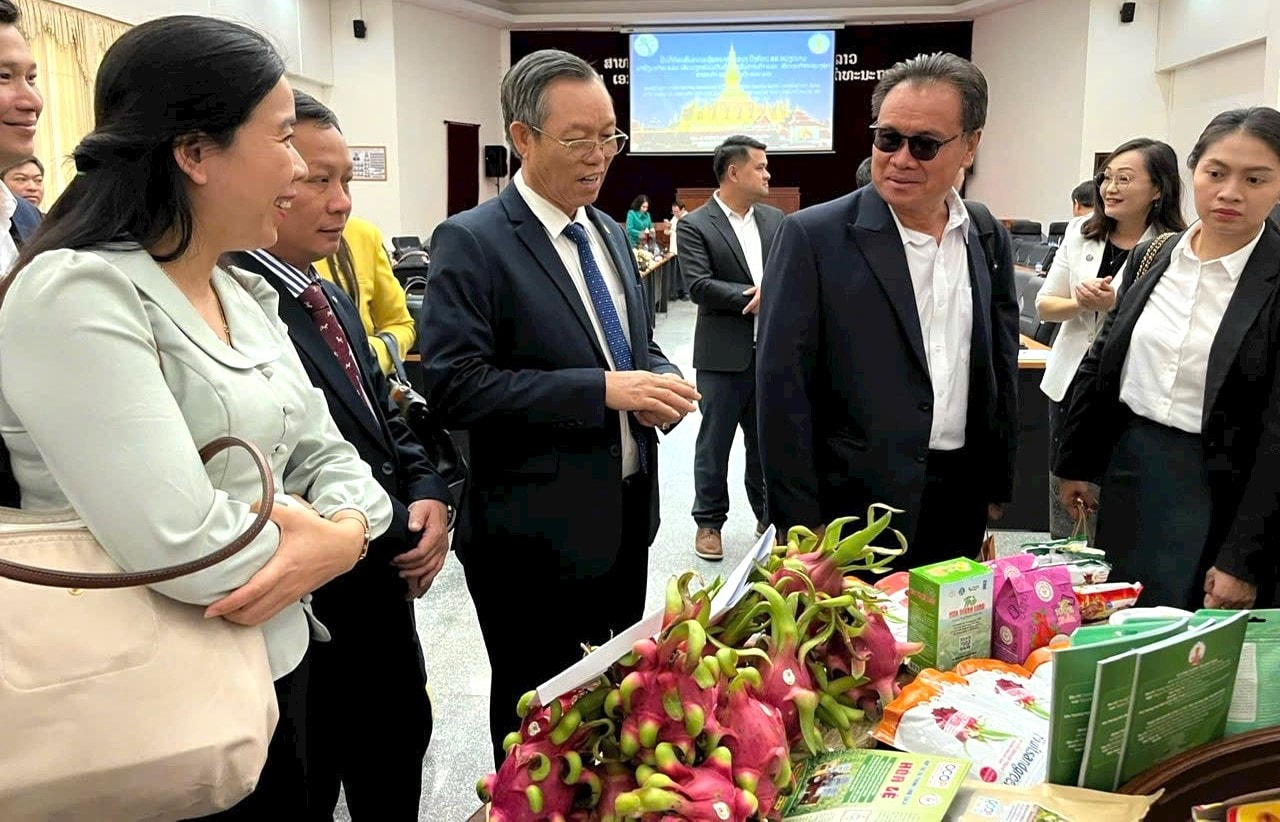
According to Mr. Huynh Canh, Chairman of Binh Thuan Dragon Fruit Association, besides the positive signals, Lam Dong dragon fruit industry still faces many challenges in terms of increasingly strict quarantine and traceability as well as fierce competition from Thailand, Ecuador and China. This issue requires the Association, farmers and businesses to constantly improve quality and diversify products on the market.
Therefore, the Association's focus in the last months of 2025 is to combine expanding the area of organic dragon fruit with standardizing an additional 1,000 hectares to meet GlobalGAP; encourage businesses to invest in deep processing of dried, frozen, and juiced dragon fruit products to extend the preservation time; develop new cold storage, heating, and irradiation systems to reduce transportation costs; maintain geographical indication protection, promote with QR stamps for traceability; participate in international fairs in Hong Kong, India, UAE, Europe; increase market share in the US, EU, Japan, Korea, India, the Middle East, etc.
Standardizing 11,000 hectares of VietGAP dragon fruit
With the goal of standardizing the production process of VietGAP dragon fruit on 11,000 hectares by the end of 2025 and continuing to expand the area according to GlobalGAP and organic standards in the area, Lam Dong Department of Agriculture and Environment continues to coordinate with the Southern Fruit Institute to restore and transfer to farmers the replanting of white-fleshed dragon fruit varieties that adapt to climate change, achieve high productivity and quality, and are resistant to pests and diseases, thereby replacing old white-fleshed dragon fruit gardens with low economic efficiency.
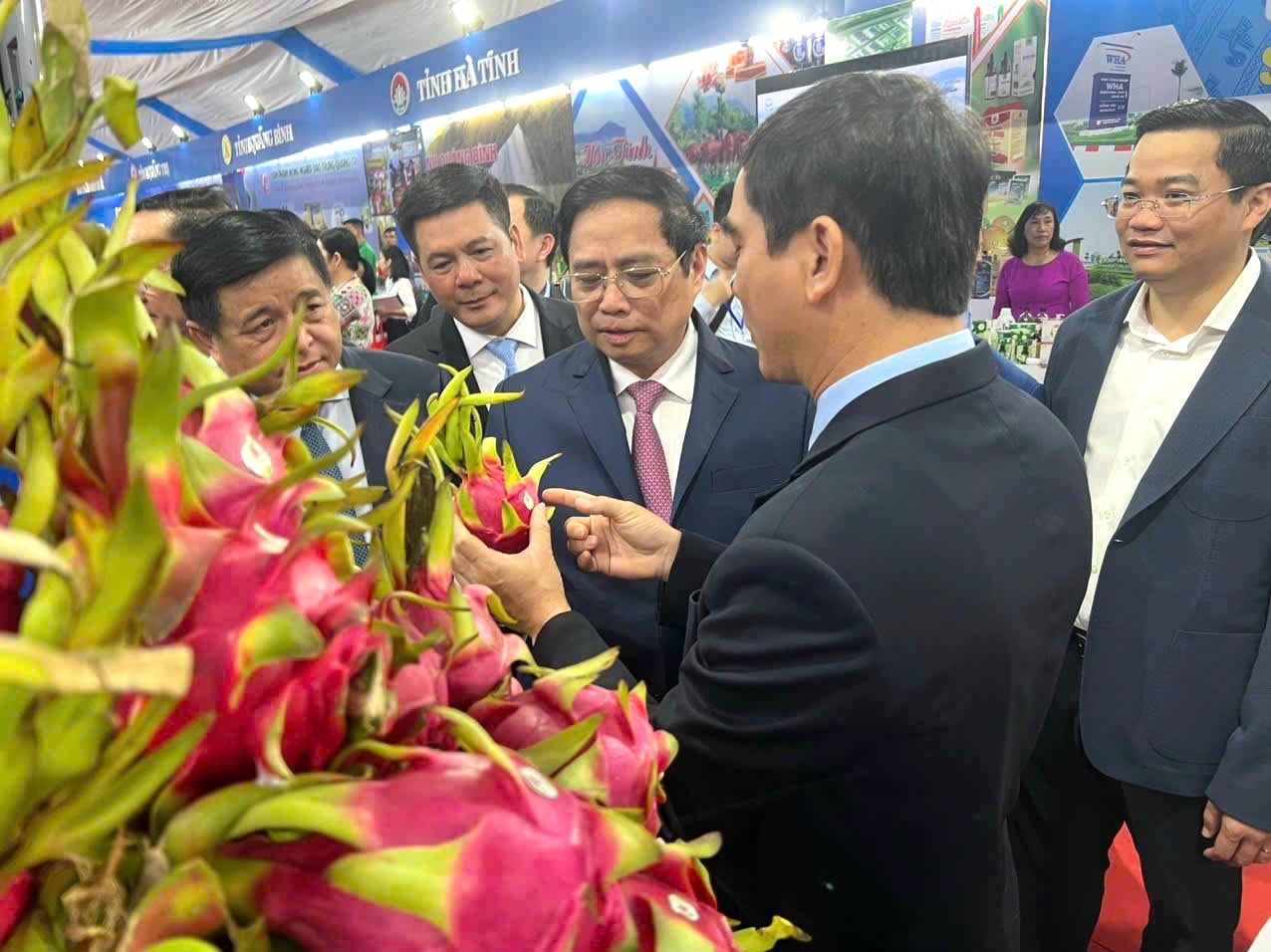
Lam Dong Department of Agriculture and Environment is also coordinating with local authorities at the commune level to review the area of dragon fruit that is eligible for new registration and re-issue growing area codes for export.
Besides, encourage businesses to invest in building quality control rooms in dragon fruit raw material areas, creating favorable conditions for analyzing food safety quality before export.
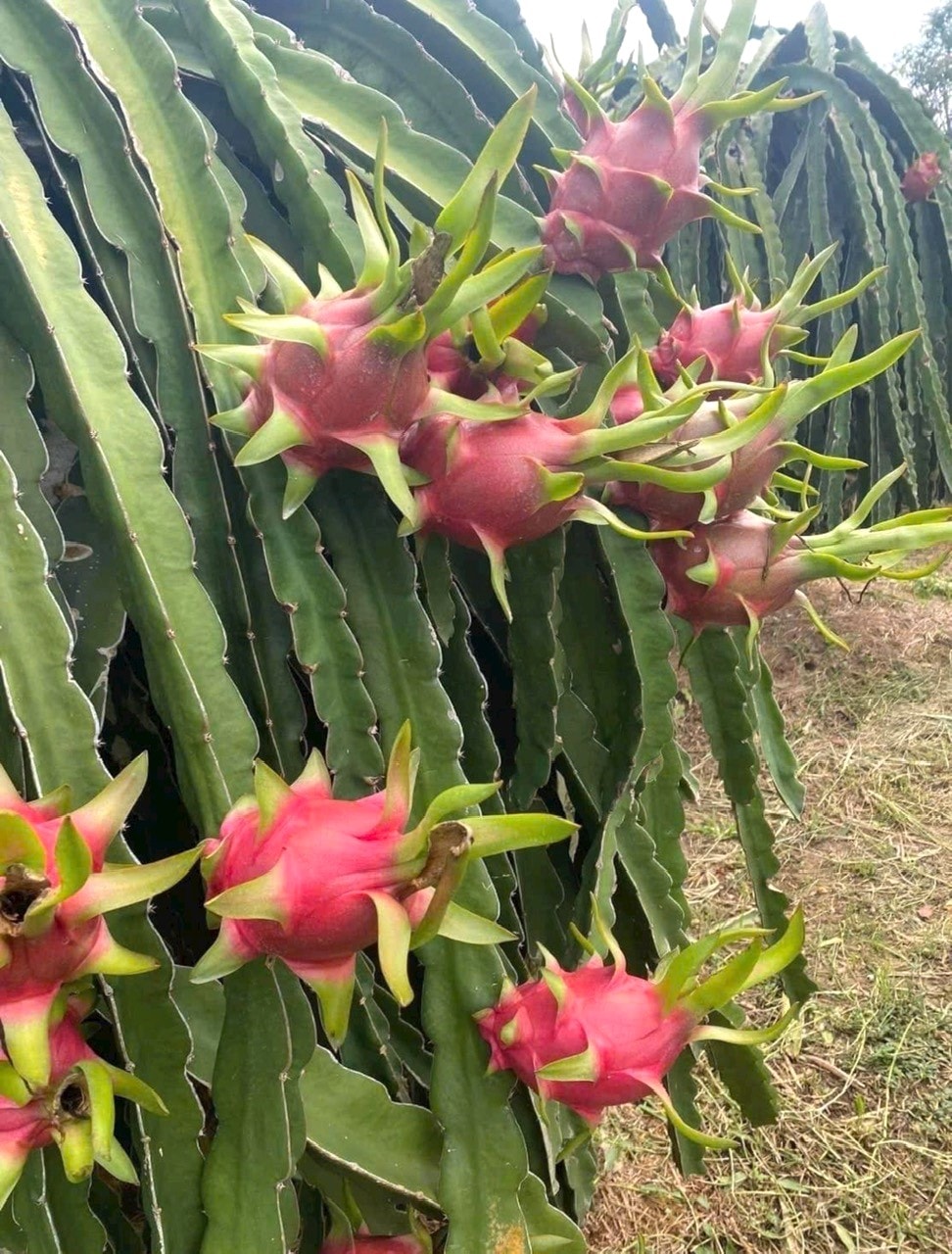
In particular, Lam Dong Department of Agriculture and Environment actively worked with the Department of Crop Production and Plant Protection to negotiate with the US Animal and Plant Quarantine Service to allow the application of heating measures for fresh dragon fruit when exporting to the US market.
Source: https://baolamdong.vn/lam-dong-chuan-hoa-quy-trinh-san-xuat-thanh-long-391511.html


![[Photo] Ca Mau "struggling" to cope with the highest tide of the year, forecast to exceed alert level 3](https://vphoto.vietnam.vn/thumb/1200x675/vietnam/resource/IMAGE/2025/11/04/1762235371445_ndo_br_trieu-cuong-2-6486-jpg.webp)

![[Photo] Panorama of the Patriotic Emulation Congress of Nhan Dan Newspaper for the period 2025-2030](https://vphoto.vietnam.vn/thumb/1200x675/vietnam/resource/IMAGE/2025/11/04/1762252775462_ndo_br_dhthiduayeuncbaond-6125-jpg.webp)
![[Photo] The road connecting Dong Nai with Ho Chi Minh City is still unfinished after 5 years of construction.](https://vphoto.vietnam.vn/thumb/1200x675/vietnam/resource/IMAGE/2025/11/04/1762241675985_ndo_br_dji-20251104104418-0635-d-resize-1295-jpg.webp)
![[Photo] Ho Chi Minh City Youth Take Action for a Cleaner Environment](https://vphoto.vietnam.vn/thumb/1200x675/vietnam/resource/IMAGE/2025/11/04/1762233574890_550816358-1108586934787014-6430522970717297480-n-1-jpg.webp)

































































































Comment (0)